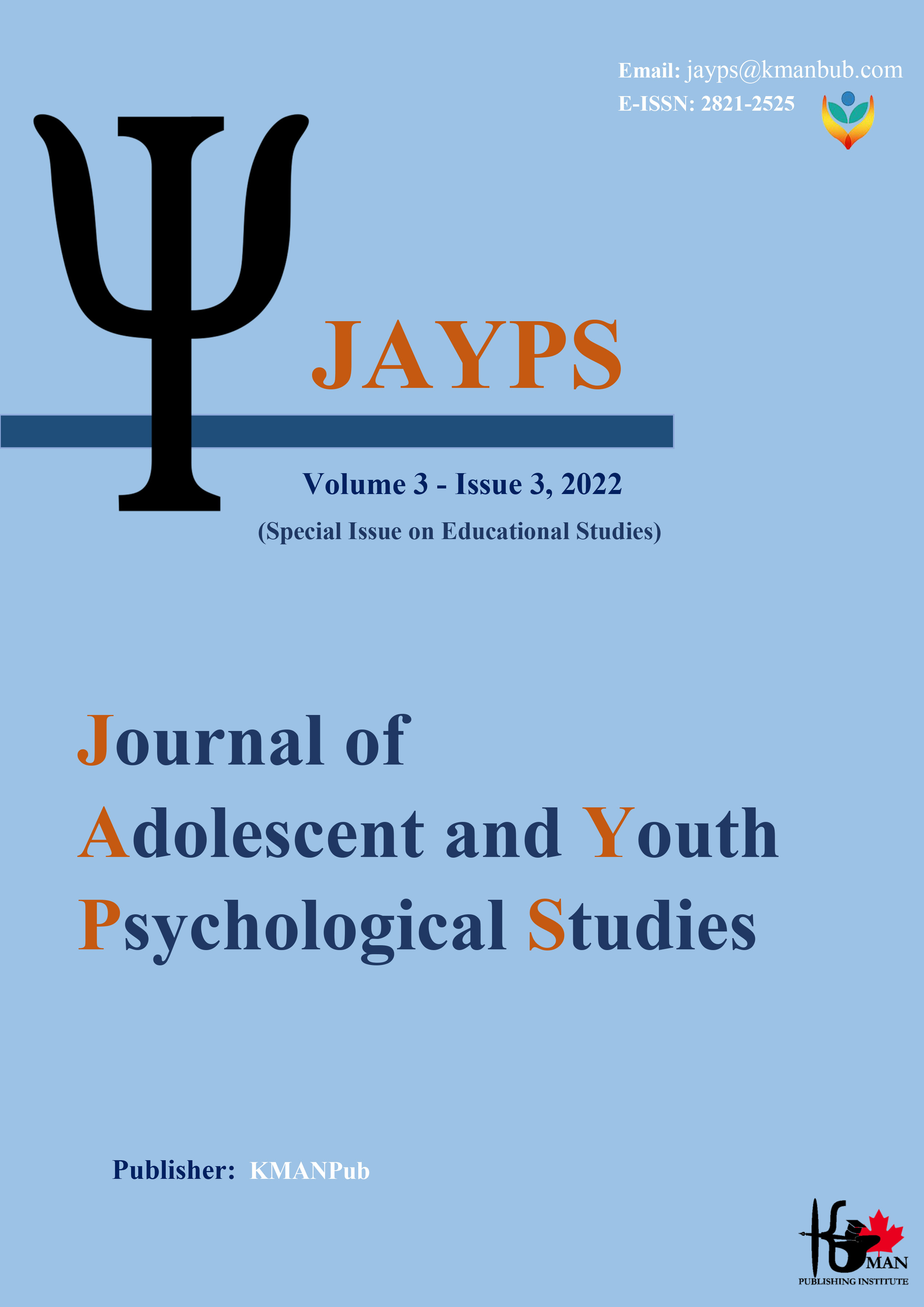Presentation of research-oriented curriculum model for preschool period
Keywords:
Curriculum model, curriculum, research-oriented, preschoolAbstract
Background and purpose: The present study was conducted with the aim of presenting a research-oriented curriculum model for the preschool period. Research method: In terms of practical goals and in terms of data, this research is mixed exploratory (qualitative-quantitative) and in terms of nature, in the qualitative dimension, the data of the foundation is of its kind, and in the quantitative dimension, it is a cross-sectional survey. The statistical population of the qualitative part includes university professors and experts in the field of educational sciences and psychology, and in the quantitative part, it consists of all managers and teachers of preschool centers in Tehran with a master's degree and above in the field of educational sciences, in the number of 300 people. The sampling method in the qualitative section was purposeful, snowball type, and 15 experts were selected, and we reached theoretical saturation. In the quantitative section, 169 people were selected based on Morgan's volume determination formula. In the current research, after the open and axial coding of the measurement tool, it was sent in the form of a set form and sent to the experts for selective coding and validated, and based on this, a researcher-made questionnaire was designed and distributed among the randomly selected statistical sample. . Then the collected data was analyzed using descriptive and inferential statistics. Findings: From the results of data analysis, 3 dimensions of structure, education and skills in 26 components of 142 indicators were finalized for the research-oriented curriculum model of preschool period and the results of factor analysis All three dimensions of structure, education and skill were confirmed (P=0.05). Conclusion: After the analysis of the results and its factor approval, the final approval and prioritization by experts, the dimensions, components and indicators of the model were drawn and the said model was again validated by the experts.
Downloads
Downloads
Published
Issue
Section
License

This work is licensed under a Creative Commons Attribution-NonCommercial 4.0 International License.









